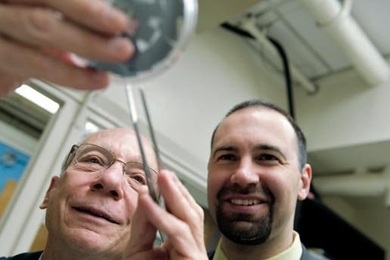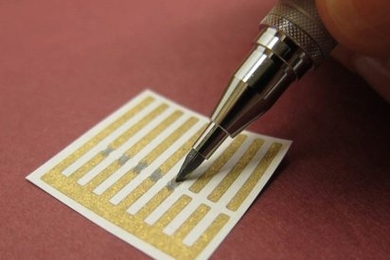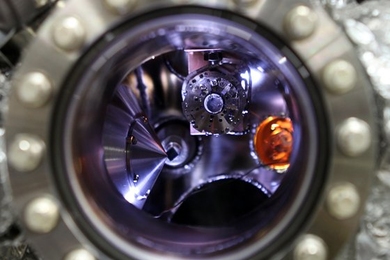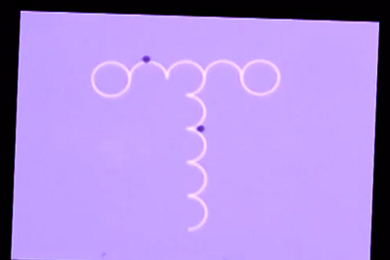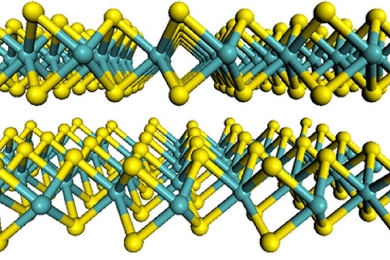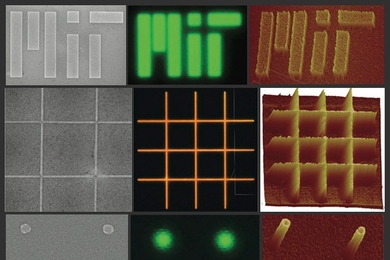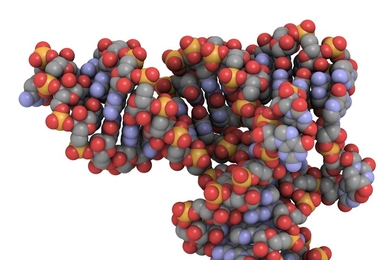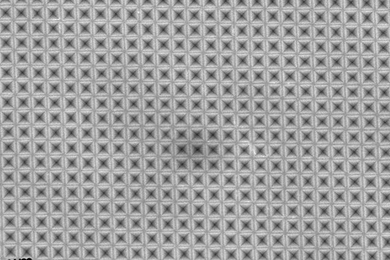Drawing a line, with carbon nanotubes
New low-cost, durable carbon nanotube sensors can be etched with mechanical pencils.
New technique reveals lithium in action
Fundamental reactions behind advanced battery technology, revealed in detail by advanced imaging method, could lead to improved materials.
Oscillating microscopic beads could be key to biolab on a chip
MIT team finds way to manipulate and measure magnetic particles without contact, potentially enabling multiple medical tests on a tiny device.
Merging tissue and electronics
New tissue scaffold could be used for drug development and implantable therapeutic devices.
Engineers achieve longstanding goal of stable nanocrystalline metals
Method developed by MIT researchers could produce materials with exceptional strength and other properties.
One-molecule-thick material has big advantages
MIT researchers produce complex electronic circuits from molybdenum disulfide, a material that could have many more applications.
Patterning defect-free nanocrystal films with nanometer resolution
New process developed at MIT could enable better LED displays, solar cells and biosensors — and foster basic physics research.
New nanoparticles shrink tumors in mice
Particles that shut off cancer genes could also allow researchers to screen potential drug targets more rapidly.
Plants exhibit a wide range of mechanical properties, engineers find
Biological structures may help engineers design new materials.
Graphene’s behavior depends on where it sits
New findings show that the material beneath the thin carbon sheets determines how they react chemically and electrically.
Dripping faucets inspire new way of creating structured particles
Researchers find new method for making spherical particles, from nanoscale to pinhead-sized — including complex beach-ball-like shapes.
Researchers explain how dye-based nanotubes can help harvest light’s energy
Tiny cylinders help reveal how natural-light-harvesting antennae collect light with exceptional efficiency.
A new approach to water desalination
Graphene sheets with precisely controlled pores have potential to purify water more efficiently than existing methods.
Textured surface may boost power output of thin silicon solar cells
MIT team finds new approach to trapping light efficiently in thin-film silicon solar cells.
